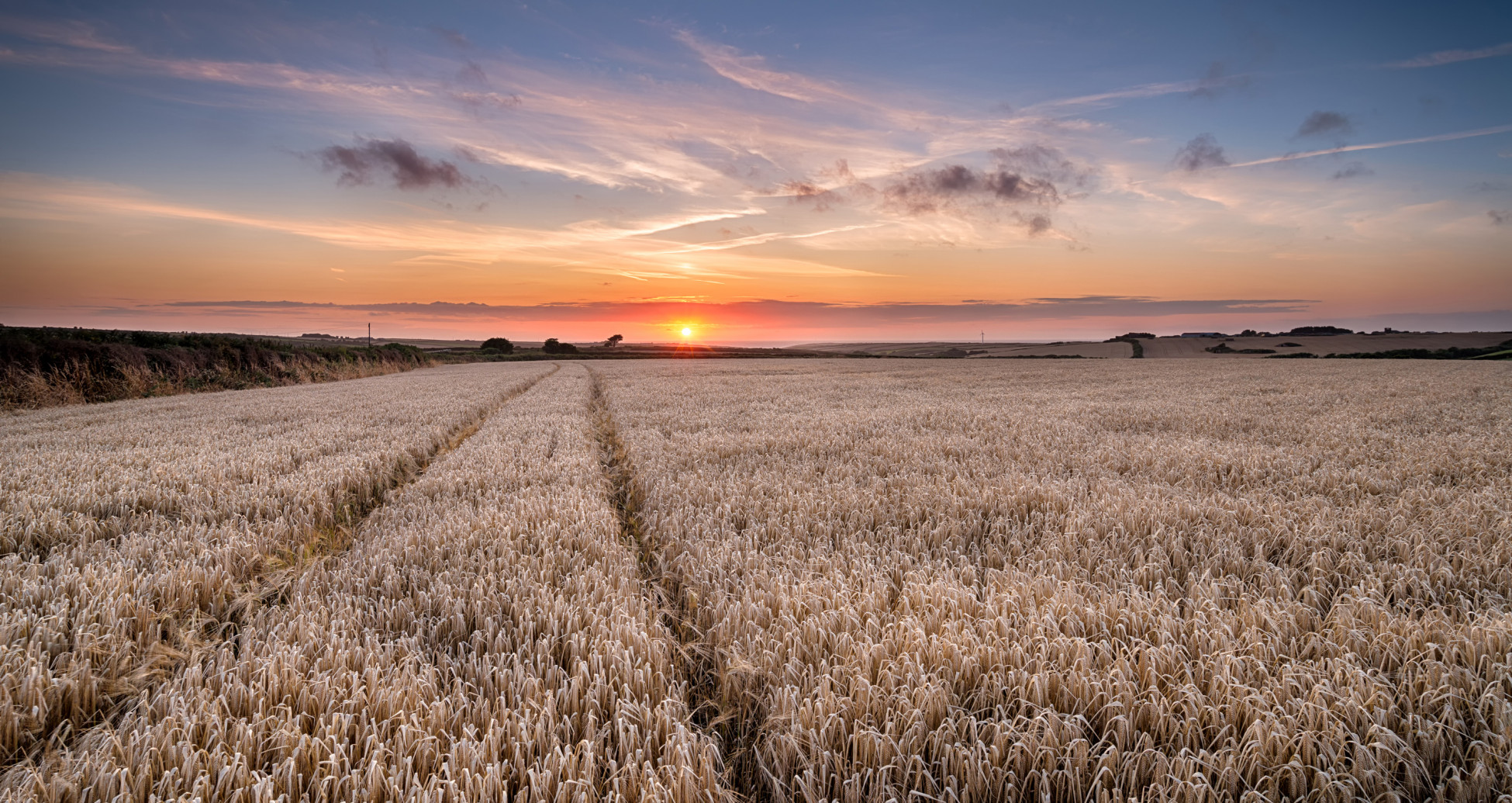
Building an off-grid Homestead, what comes forst, second, etc?
-
Building an off-grid Homestead, what comes forst, second, etc?
Posted by Jeremy-aka-One-Step-Closer on February 25, 2024 at 12:42 amI will probably be buying land this year for an off-grid homestead. What I’ve been wondering about as I work on a budget, is if I manage to buy the land, and create a plan with a permaculture consultant, then what? I think that getting a driveway in would be the first thing. But then do I work on getting a well dug, preparing the home site for a foundation, or work on getting a septic system in? I’m just trying to figure the order of operations here and I would really like to know how people who have done, did it.
Jeremy-aka-One-Step-Closer replied 8 months, 4 weeks ago 9 Members · 10 Replies -
10 Replies
-
Depends on well you know your site. About the first thing I normally recommend is to get fruit trees planted. But some suggest to spend the first year just observing your property and seeing where the water flows, the animals run over it and get familiar with the property, as identify the plants that are there, and learning what you have.
Once you know your property, then you can set the goals for what you wish to accomplish… It is easy to try to do everything at once, which often means biting off more than what you can chew…
Congrats on your steps forward!
-
So much of that depends on you and what your end goal is. Many of us want to do it all ourselves with little or no oversite from any gov. entity and incurring as little tax as possible. A lot of that depends on what you already know and your ability to learn and adapt. People’s minds work in different ways some just have an understanding or feeling of how certain things work without any training / schooling. Some people just flat don’t hold the ability to learn certain things. Like me and languages.
-
One of my top things, if not the top, is water. Where is it on the property and how can I make it available for use?
-
I’m with most of the rest. I would take and make a map of the property. Mark any water sources, editable plants, natural security barriers, etc. This will give you somewhat of an over view. Then you can plan housing, garden areas and such. Try not to take away from what is already provided on the land. Remember one step at a time is the start of a long journey.
-
Well & septic come first. That’ll cost ya about $30-50k
-
Access is first. If you cant get there, or around the property, how are you going to do anything else?
P.A. Yoeman had something he called “Scales of Permanence”, which basically said that some things are more difficult to change than others (more permanent), so start with the most permanent, and move to the less (things easier to change).One version was: Climate, Land shapes, Water, Roads, Trees, Structures, Fences and subdivisions, and lastly soil.
An example is someone who gets on the land, and immediately puts up fences, and starts amending the soil. A few months or maybe a year later, they realize, they need to drill a well and do some earthworks to slow down and spread out water (to stop erosion).
Now they have to remove the fences to get the road to where the well needs dug, and all that soil they’ve been working on has to be scraped off to create the swales or other earthworks.
Yes, you need water to live or grow anything, and putting fruit trees, or shelter belt trees are great things, but, unless you are sure they won’t have to be moved or pulled out later because a road really needed to go there to be optimal, or terraces need built for the market garden or such, you may be re-doing stuff, which costs money, time, effort and mental/emotional currency.
Just something to think about.
-
We just looked at property this weekend. Yet, since we are in the midst of winter, we really could not see the land lay-out of the 52 acres. So definitely go when weather allows (if you are dealing with snow and ice).
The reason we walked away was because the buildings that were there, all needed to be torn down, except “maybe” one, which we could not get to. We all had to park at the road, with all walking about a 1/4 mile up the drive due to them not plowing it out.
It was an off-grid property that sold veggies and the like, yet it was neglected, and our age, the amt of “stuff” that was everywhere, in some places hoarded, musty and moldy, so we left because it would be too much work for our youthful spirits with some aging concerns.
Definitely, before purchasing, know the land, get someone knowledgable in knowing how to source whether it has water, etc.
-
Mr. Jeremy:
Good for you! You’ve made the decision to “escape” to freedom, such as it is. Remember: once you buy land, or more precisely, purchase title to a parcel of land, “it” now “owns” you. You are responsible for it and how you “use and enjoy” it.
I’ve read the prior answers to your request, and they are all good. Here, however, is an opinion from a land-surveying, engineering and land-development point of view from one who has “been there, done that and got the t-shirt”. (Yes, we had t-shirts made.) I spent over 18 years working for a land surveying and engineering firm, so I’ve seen most of the ways people can do it wrong.
First, since you apparently haven’t acquired the land yet, is to “recon” where you want to live. If you see a parcel of land that looks promising, check out who is living around you. Are they “friendly”? How will they take to an “outsider” moving into the area? (VERY important: is there a “hog farm withing three miles of the parcel? NOTHING can prepare you for the “aromas” emanating from a porcine population.) We almost bought land that was sown slope and down “prevailing” wind from the tailings pond of a lead/zinc. mine.
Second, make sure you have either the funds to buy the land or that you have a secure income to keep up the payments. The same goes for the home you’ll be living in. Are you a “lone wolf”, or does your “significant other” fully and unequivocally agree with this endeavor? We were fortunate to have sold our home of 20 years to be able to afford the whole “package” of the driveway, lot preparation, building, well, generator and a few amenities. (I sold off most of my 401K to purchase the parcel outright.) We did, of course, go to see the land and its surrounding properties first. We were WAY fortunate to meet our neighbor to the north, and, since his family lived in that valley for over 250 years, he knew everything and everyone for miles around. As an added blessing, he also ran a small excavation company, so our driveway and lot preparation were a “snap”.
Third, make sure you get a registered land survey of the property AND a finite title search. That will show you if there are any easements of access rights-of-way that legally encumber the property. Also, check if a neighbor has been crossing the property or somehow otherwise using a portion of it so as to create an “adverse usage” situation, which can create a “land use feud” that can turn a paradise into a living hell overnight. The property we bought was “land-locked”, with no direct access from the road. The title search showed that we had a 40-foot-wide access easement across the property between ours and the road. (We eventually bought that land, but to buy it, we paid nearly half the amount we paid for our original 6.74 acres for the 1.45-acre lot.)
Fourth, have a well-driller check the property as to where the well should be drilled. This will give you a good idea where you will want to have the driveway go and where you want to build your “castle”. In western North Carolina where we live, the 410-foot-deep well cost us $12,500 for the drilling, the pump and the connection to the house. The septic cost around $5,000. The contractor was not only on the list from the “BBB” but was highly recommended by said neighbor to the north.
Fifth, be very careful as to what your “castle” will cost and how it will serve you as years go by. Even being only six steps up to the door, my arthritic knees (which I acquired a few years after we moved in) call my very nasty names every day. We went “cheap” and had a “double-wide” put up on the property for about $85,000. Since they’re not designed to have a basement, we had it built up four feet and walled in the crawl space. Said crawl space has a four-inch-thick concrete slab for a floor. This provides the storage space that is sorely lacking in prefabricated homes.
That pretty much covers the basics. I’m sure others will add “…but you forgot…”. That’s fine. I’ve distilled what I wish I’d known into these eight paragraphs.
Good luck, Sir.
Peace.
“Cheap” Uncle Joe
Log in to reply.
